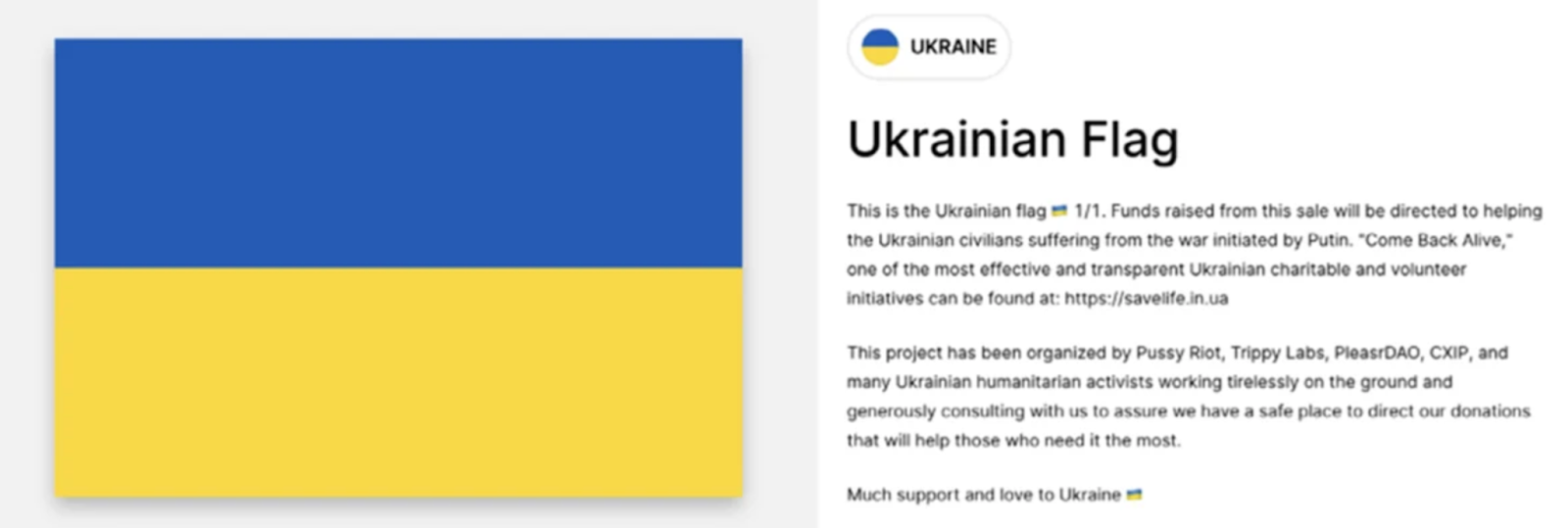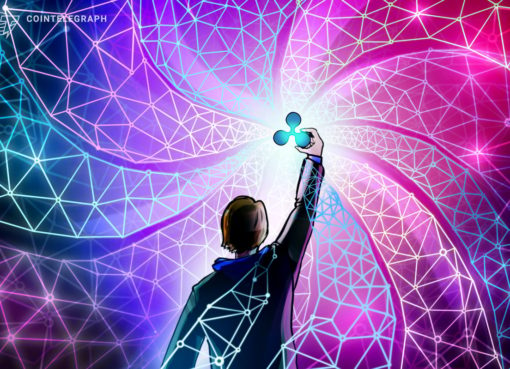Disclosure: The views and opinions expressed here belong solely to the author and do not represent the views and opinions of crypto.news’ editorial.
full-scale invasion that Russia started in Ukraine two years ago. But seldom raised a question of crypto not being further used as a means of payment for critical humanitarian aid during the war when prompt reaction is required to save more lives. Millions of accumulated funds had to lay untouched until someone would figure out how to convert huge sums into fiat and transfer them to the bank accounts for further use. If crypto payments were widely accepted, we would have been able to act faster.
The rise of crypto donations
On Feb. 26, 2022, the Minister of Digital Transformations, Mykhailo Fedorov, made a tweet with crypto wallet addresses, saying that Ukraine officially accepts donations in Ethereum (ETH), Bitcoin (BTC), and Tether (USDT).
During the first few days after this crowdfunding appeal, the Ukrainian government raised over $13 million. According to the Crystal Blockchain report published in July 2023, over two years, Ukraine attracted more than $225 million in crypto from supporters worldwide. Crypto proved to be a fast and cheap way to transfer funds from one country to another. According to the Crystal report, over half of donations have been received in ETH, followed by USDT, BTC, and BUSD.
Ukraine donations by cryptocurrency | Source: Crystal
Donations in NFTs also spiked over two years. Elliptic says CryptoPunk NFT worth $200,000 was donated to the Ukrainian government’s ETH account. NFT donations also occurred on other blockchains, including Polygon, Solana, Cardano, and FTM. Meanwhile, the Ukrainian flag was auctioned off by UkraineDAO for $6.5 million in ETH, making it one of the most expensive non-fungible tokens ever sold.

UkraineDAO’s Ukrainian Flag NFT | Source: Elliptic
Though the crypto portion is relatively small compared to the billions of donations in fiat, we most likely witnessed the most significant spike in crypto donations in history. Crypto best suits international fundraising thanks to its decentralized nature and resistance to censorship.
Crypto was raised but not used as a means of payment. Why?
During the first days of the war, I was in touch with the Ministry of Digital Transformation of Ukraine with an urgent query to convert raised donations in crypto into EUR to proceed with humanitarian aid purchases. Together with CoinsPaid, we did it fast, but the fact that we needed to do it in the first place when the adoption of crypto payments was on the rise left me a bit puzzled. Why, in times of disturbance, when a speedy reaction is valued above all, is there still the need to rely on traditional financial instruments and add one more step into the process of the purchase of critical supplies?
You are lucky if you can find someone to convert crypto for you, but donations in digital currencies have not only been raised by the government. Many smaller funds and volunteers raising financial aid for separate brigades also accepted cryptocurrencies and needed to convert them to fiat for future purchases. The situation worsened in March 2023, when Binance, Whitebait, EXMO, and Kuna announced they temporarily suspended operations with bank cards in Ukrainian hryvnia. The problem occurred after the National Bank of Ukraine imposed restrictions on P2P and A2C operations for financial companies that enable depositing and withdrawals for crypto exchanges. As a result, Ukrainian crypto users, including smaller funds and individual volunteers, were deprived of the opportunity to operate digital currencies.
The difficulties with non-cash hryvnia transactions were related to Ukrainian authorities’ attempts to combat tax evasion and money laundering in the gaming platforms. The withdrawals to bank accounts are still unavailable in Ukraine, though crypto exchanges are trying to solve the issue. At some point, on EXMO, withdrawal to Visa/Mastercard reappeared, while the fee for the withdrawal made up 7%. Given that crypto donations to Ukraine are still on the rise, the question of further convenient use of raised funds remains untackled both in Ukraine and abroad.
The adoption of crypto payments needs a clear regulatory framework
Adopting crypto payments in times of war would eliminate third-party intermediaries, guaranteeing faster circulation of crypto and purchasing critical supplies. However, without a clear regulatory framework, we can’t get even close to it. In Ukraine, using digital currencies as a means of payment for goods or services is officially forbidden. It entirely blocks the development of the crypto payments industry and imposes severe restrictions on the further use of crypto donations.
Regardless of the government’s attempt to develop regulations during the first month of the war, the draft of the Law of Ukraine “On Virtual Assets” dated 17 March 2022 had long been under consideration by Parliament and then officially rejected in 2023. In April 2023, in light of upcoming MiCA regulations and Ukrainian candidate status for accession to the EU, there was a second attempt to create a regulatory framework for the Ukrainian crypto market that would tackle the issue of taxation in the first place.
The government is currently more focused on obliging crypto users to pay taxes rather than making crypto donations work right here right now. Obviously, one of the most promising and needed implications of crypto at times of war remains blocked due to the lack of clear regulations in Ukraine. In the EU, where the crypto payments industry is evolving faster, there’s still the need to narrow the gap between the crypto industry and traditional finances. MiCA regulation will be able to handle it by helping to regain trust in the industry and ensuring utmost protection and smoother service provision for merchants across the EU.
Some final words
Crypto donations play a pivotal role in the war in Ukraine, but imposed restrictions, and lack of clear regulations make it nearly impossible to use crypto as a means of payment. The extra step, which is quite time-consuming given the circumstances, is always required to proceed with purchases. But for this step, we would be able to react faster, starting from the first days of war.
Moreover, we would ensure adequate transparency for supporters who can trace whether their money was indeed used as intended. Both timeliness and transparency are vital to continue raising financial aid in crypto and avoiding a paradox of digital assets being accumulated on wallet addresses and not being spent fast and efficiently.





